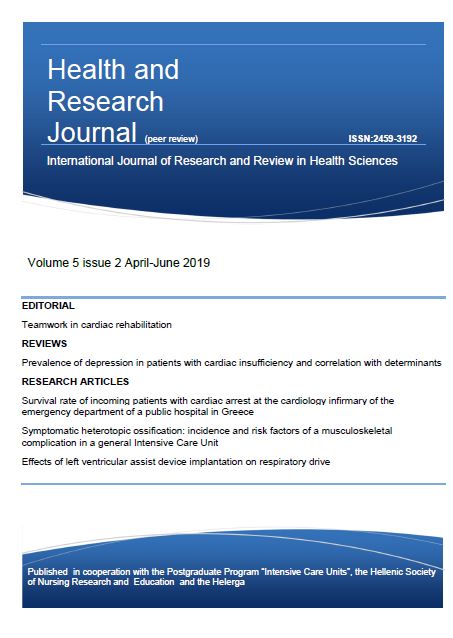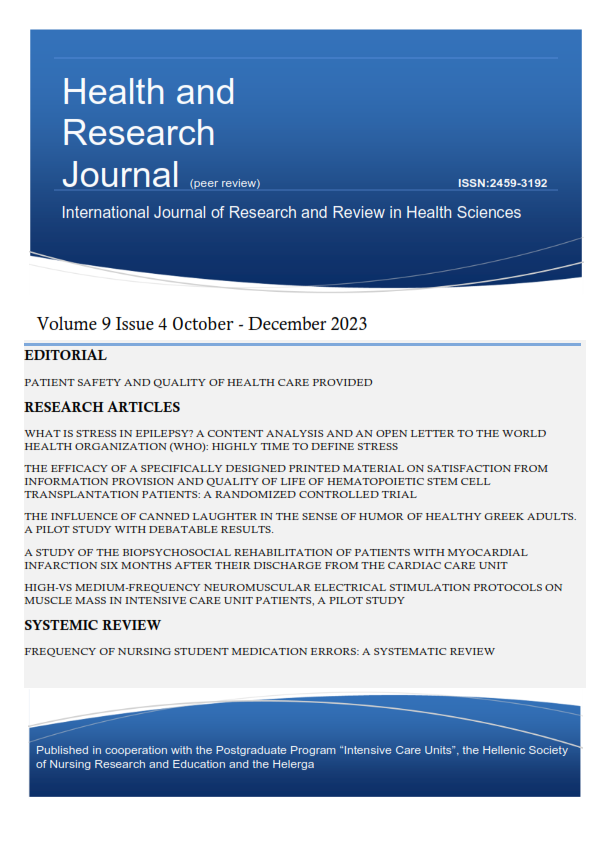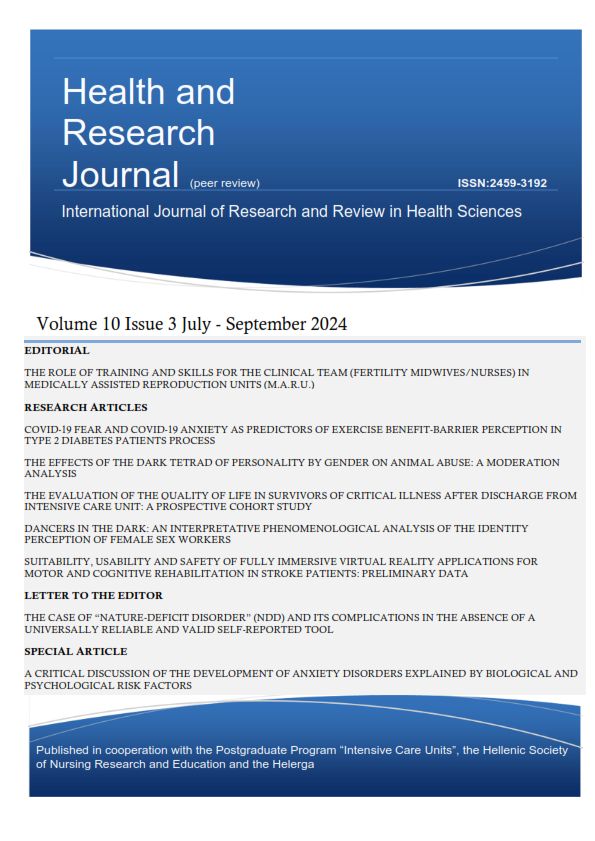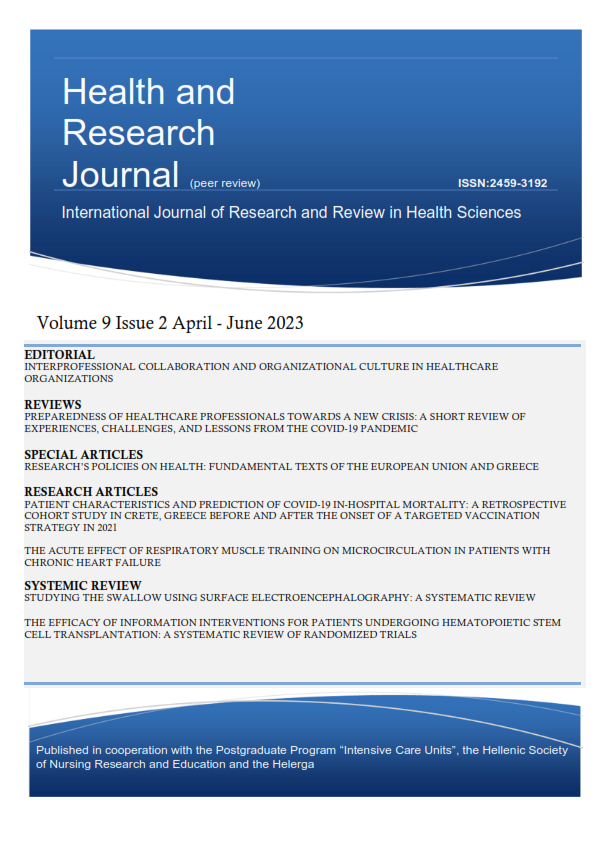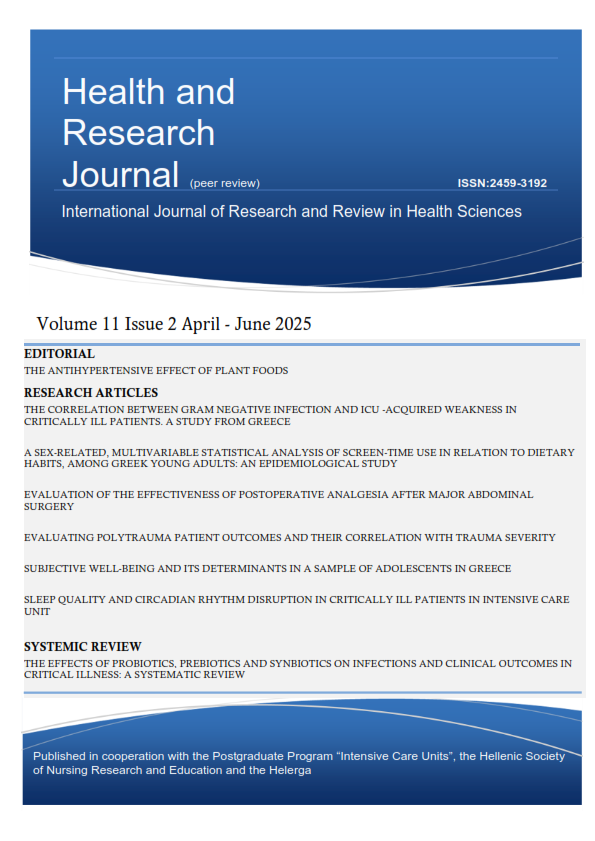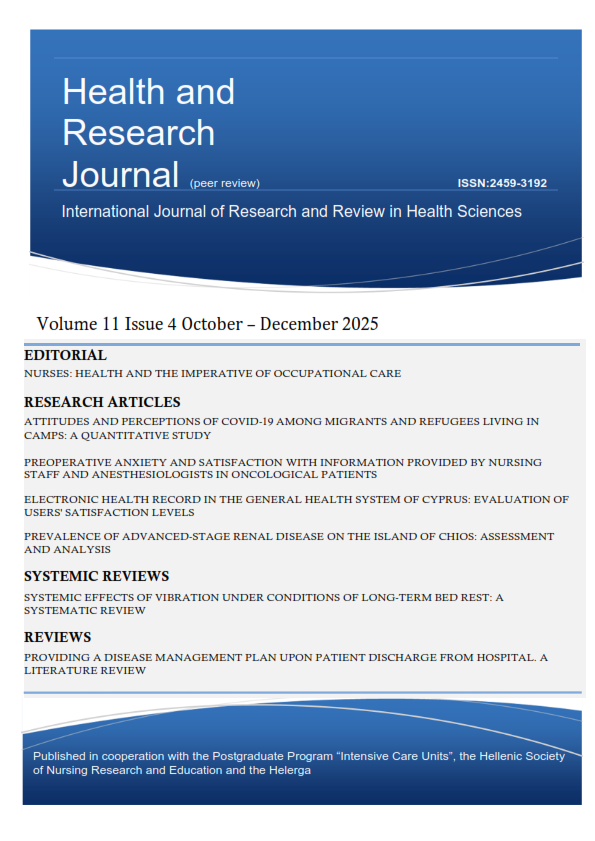Peripheral microcirculation adaptations in response to the addition of Inspiratory Muscle Training in heart failure cardiac rehabilitation regimen
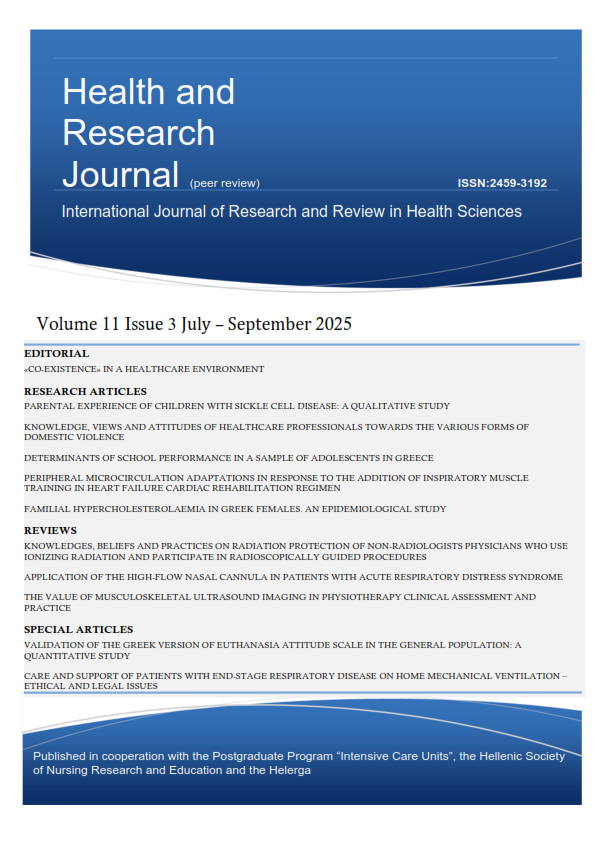
Abstract
Background: Exercise intolerance, dyspnea on exertion and respiratory muscle fatigue are predominant features of chronic heart failure adding to disease severity. Inspiratory Muscle Training (IMT) has been recently integrated into traditional exercise-based cardiac rehabilitation regimens. We opted to evaluate the effect of IMT on the peripheral muscle microcirculation of patients with stable chronic heart failure participating in cardiac rehabilitation.
Method and Material: Twenty-five stable patients with chronic heart failure underwent cardiac rehabilitation with aerobic exercise and resistance training 3×/week for 12 weeks. Subjects were randomly assigned to the intervention group that performed IMT or the control group that performed Sham-IMT in addition to standard CR regimen. Systemic microcirculation was assessed via near-infrared spectroscopy (NIRS) and the 3-min vascular occlusion technique at the thenar muscle. Cardiorespiratory exercise testing, pulmonary function and muscle strength assessment were also performed, at baseline and following completion of the cardiac rehabilitation program.
Results: Both groups equally improved their cardiorespiratory fitness, left ventricular ejection fraction and muscle strength (p>0.05 for between-group comparisons). The intervention group showed higher NIRS-derived reperfusion rate, maximum inspiratory pressure and lung function as compared to the control group (p<0.05).
Conclusions: Reperfusion rate is a known surrogate for endothelial function. Therefore, the addition of structured IMT in targeted cardiac rehabilitation marked beneficial effects on systemic microcirculation.
Article Details
- How to Cite
-
Kourtidou, S., Katsoula, C., Vagionas, D., Briasoulis, A., Vasileiou, I., Rovina, N., Papadopoulou, E., Routsi, C., Nanas, S., Vasileiadis, I., & Karatzanos, E. (2025). Peripheral microcirculation adaptations in response to the addition of Inspiratory Muscle Training in heart failure cardiac rehabilitation regimen. Health & Research Journal, 11(3), 232–245. https://doi.org/10.12681/healthresj.40159
- Section
- Original Articles
Copyright notice:
The journal "Health and Research Journal" reserves the rights for copyright of the content of the website and also the copyright of the articles published.
By virtue of their appearance in this journal, the articles are free to be used for non-commercial purposes. However, the articles cannot and must not be used in anyway, published elsewhere or modified without any reference to the author and the first publication of the article.



